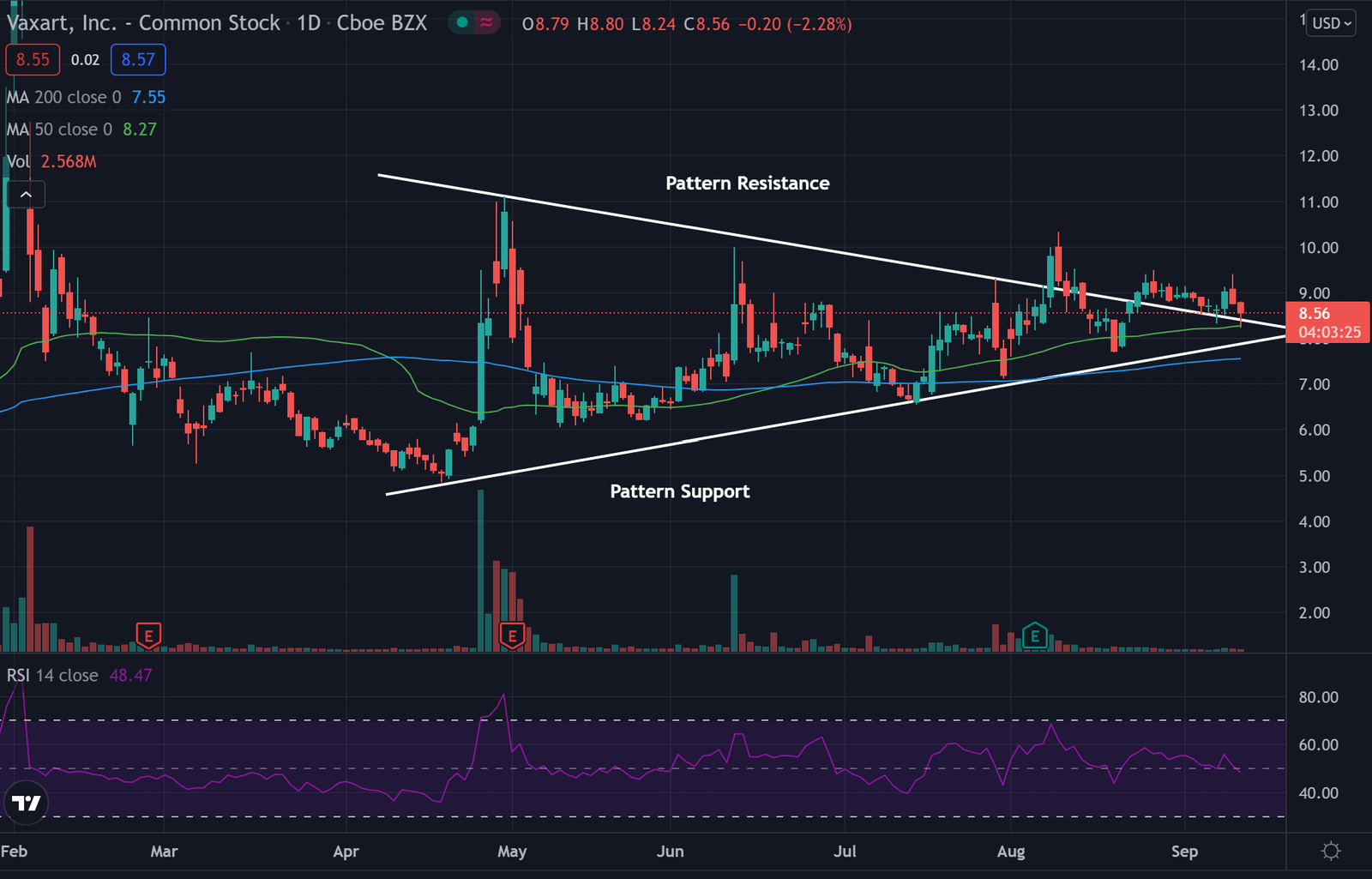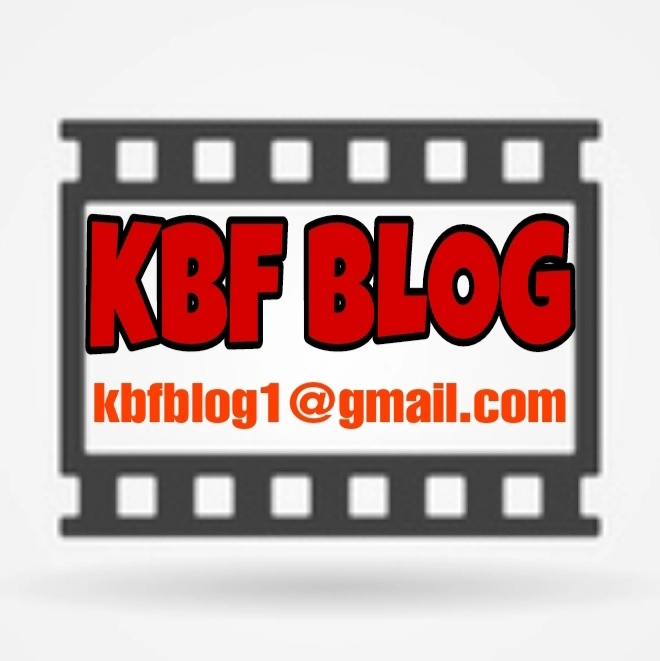
Slack envisions a future in which video updates and cross-company digital chats will take the place of meetings as part of its vision for the future of hybrid working. These and other new capabilities were introduced by the messaging platform on Tuesday at Salesforce’s Dreamforce conference in San Francisco.
Perhaps the most talked-about feature is the addition of “clips,” a video creation and sharing tool that Slack teased and began testing in early 2017. Customers with premium subscriptions will be able to create audio, video, and screen recordings within the platform, which they can then share across channels or via direct messaging. The upgrade is already rolling out to all customers with paid plans. For example, a manager may create a brief video detailing the aims of their division and then share it with their employees through a dedicated Slack channel. In addition, viewers will be able to adjust the speed at which content is displayed, and the recordings will include live subtitles and archive searchable transcriptions.

In a blog post, Slack emphasised the tool’s usefulness for workplaces with employees who work in different time zones, claiming that clips can be used to discuss projects or provide feedback rather than asking peers to book a call. (The company also debuted an audio function dubbed “Huddles” a few months ago, which allows customers to conduct conference calls from within their workspace.)
Additionally, an update to Slack Connect, which allows employees from organisations with paid accounts on the platform to collaborate with their counterparts from various firms in shared channels, is scheduled to be released in the coming months. (In other words, both Company A and Company B might set up shared Slack channels for their employees to communicate with one another.) Slack is now allowing its Enterprise Grid clients — which include huge firms such as Netflix, Uber, and Target — to use Connect to “host” companies that do not have their own paid Slack accounts, according to the company. Slack had previously positioned Connect as a substitute to email, and the company believes that this change will allow these larger organisations to bring on others to “meet” for transactions or to provide user assistance without imposing any additional costs on their customers’ shoulders.
[Related: Seven easy tips to get more done with Slack] [English]
This news follows the announcement in July of Slack’s $27.7 billion acquisition by software giant Salesforce, which was completed in August of this year. Since then, the two companies have been steadily building out interfaces between their respective services in order to provide more resources within the parent company’s customer relationship management system. It was announced on Tuesday that Slack-First Commerce, which will assist teams in identifying business trends and Slack-First Trailhead, which will give a platform for enterprises to train and educate their staff, were two new features that were added to the increasing list of capabilities.
Salesforce’s president and chief operating officer, Bret Taylor, stated in a news statement on the company’s recent developments that “our attitude about work has transformed from a place you go to something you do.” In order to connect employees, customers, and partners, and to succeed in a work-from-anywhere world, every firm requires a digital headquarters.
While the majority of these changes focused on the changing corporate work environment in the aftermath of Covid-19, Slack also disclosed ideas that were specifically suited to the public sector, according to the company. Next year, the business plans to create GovSlack, a version of the service that, according to Slack, will comply with federal security standards and regulations. According to the blog post, it will function in a “government-certified cloud environment” and will enable “safe cross-collaboration” between government employees, partners, and businesses, among other things. GovSlack is not currently available to any users; nevertheless, Slack claims that its existing services are already in use by government organisations such as the United States Department of Veterans Affairs and the United Kingdom’s Ministry of Justice, among others.
For More Information Visit : Theny Magazine





